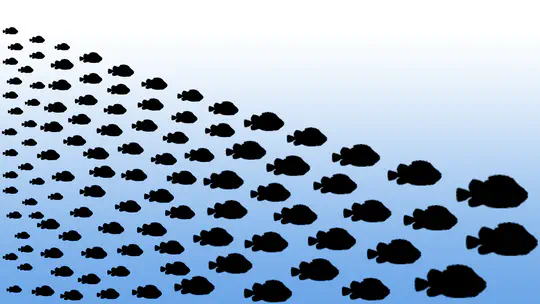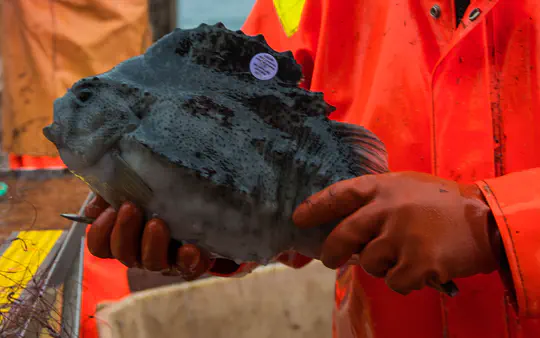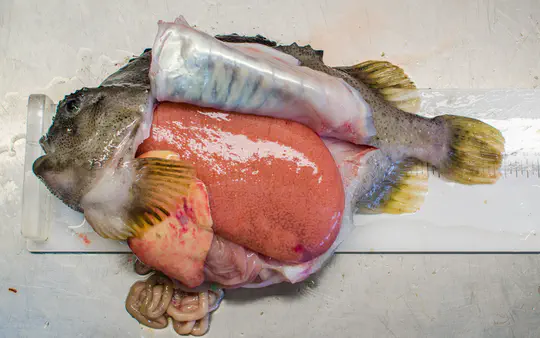Biography
I am a fish biologist at the Marine and Freshwater Research Institute in Iceland. My primary interest is the biology and ecology of lumpfish (Cyclopterus lumpus), with other interests including the biology of mesopelagic fishes and the distribution and behaviour of rare species. Lumpfish is fished commercially in Iceland and I am responsible for providing management advice to ensure the fishery is sustainable. My current work focuses on the development of a method for ageing of lumpfish, examining its migratory behaviour through tagging and what environmental variables drive its distribution in the eastern Atlanatic.
I have previously worked on the reproductive biology of several species (plaice, herring, cod and Greenland halibut) which was performed at the marine laboratory on the Isle of Man and at the University of Bergen.
- General biology of lumpfish
- Fish reproduction
- Fisheries Assessment
-
PhD in Biology, 2006
University of Liverpool
-
B.Sc. in Marine Biology, 2002
Stirling University
Experience
Projects
Recent Publications
Contact
- james.kennedy@hafogvatn.is
- +354 849 7731
- Ísafjörður, Vestfirðir 400
- DM Me


